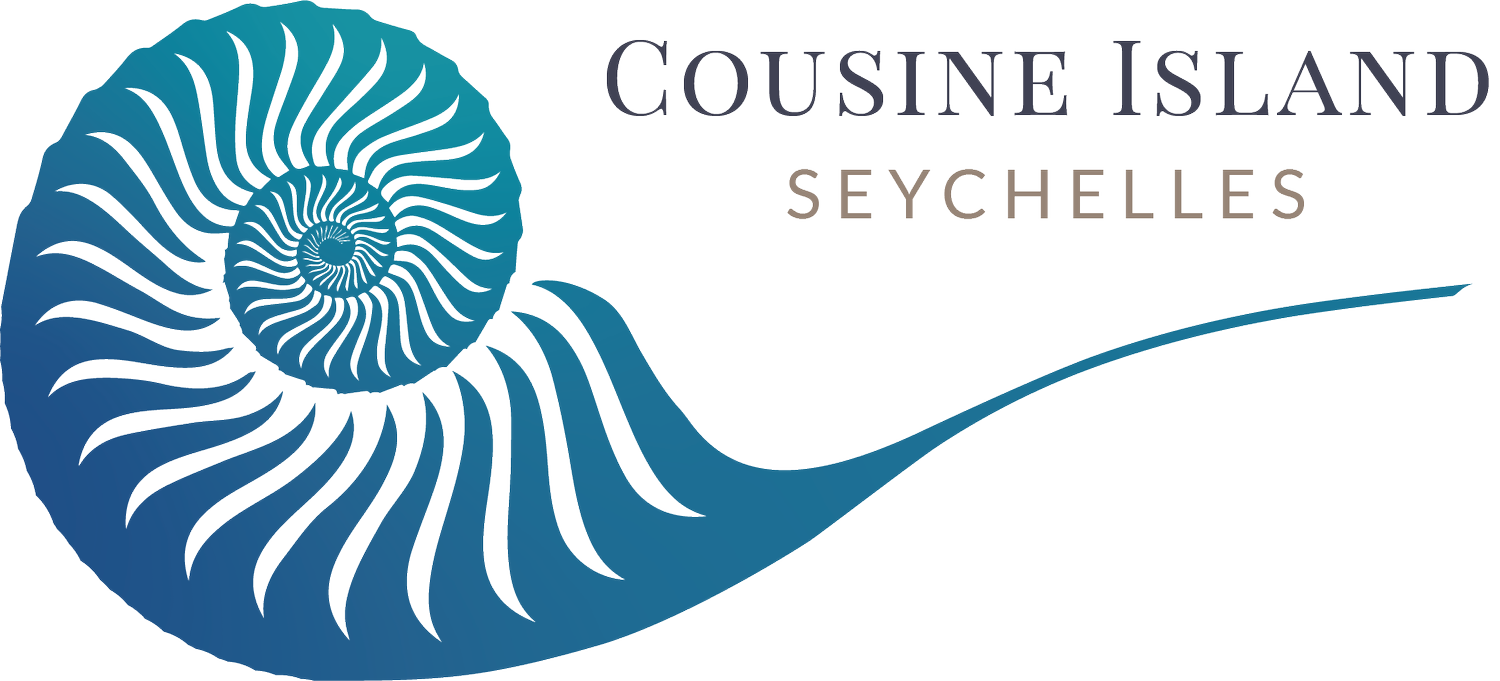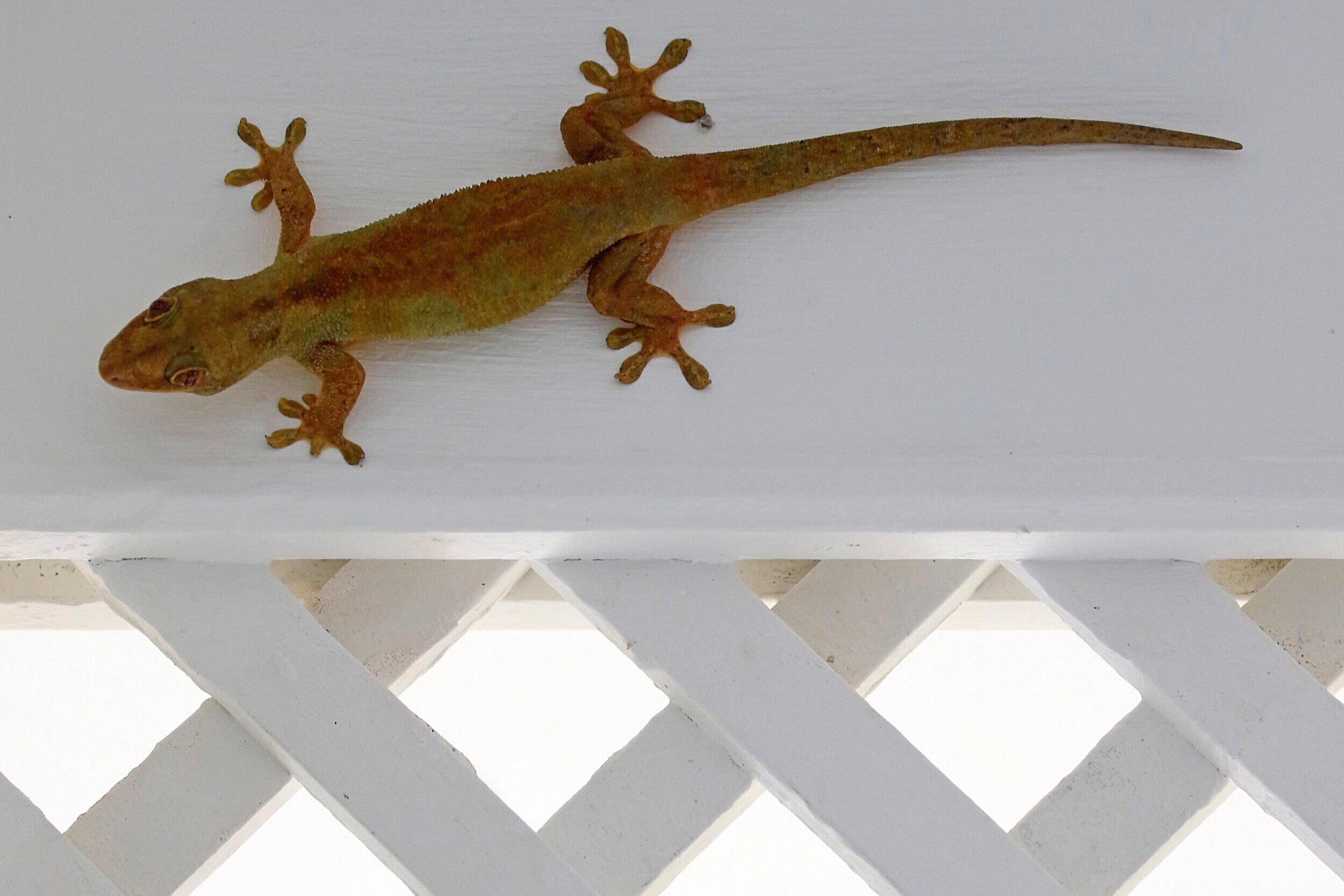塞舌尔铜眼壁虎(Ailuronyx seychellensis)
铜眼壁虎是塞舌尔花岗岩岛屿上独有的特有物种,在库辛岛等天然森林地区生长得尤其茂盛。这种独特的爬行动物是该地区体型较大的壁虎物种之一,包括尾巴在内的个体长度可达 20 厘米。
铜眼壁虎的一个显著特点是颜色多样,根据栖息地的不同而变化。壁虎的眼睛闪烁着夺目的金色金属光泽,因此得名。在库西讷岛,人们经常可以看到这些壁虎依附在树干上,偎依在棕榈叶中,或者躲藏在岩石缝隙中。虽然它们主要在夜间活动,但白天也经常能看到它们在自然环境中晒太阳。
铜眼壁虎的食物种类繁多,引人入胜。这些壁虎喜欢投机取巧,捕食各种食物,包括昆虫、花蜜、腐肉和海鸟蛋。这种多样的食性反映了它们的适应能力和库锡安岛丰富的生物多样性。
铜眼壁虎行为的一个有趣之处在于它的防御机制。当受到捕食者的威胁时,这些壁虎可以脱下自己的皮肤碎片来分散注意力并逃跑,这种策略提高了它们的生存机会。该物种在库西讷岛上繁衍生息,得益于这里没有老鼠等入侵物种,而老鼠是塞舌尔群岛许多本地动物的重大威胁。
库辛岛的无鼠状态为铜眼壁虎提供了一个安全的庇护所,使这种迷人的爬行动物得以茁壮成长。岛上的原始环境和保护工作确保了铜眼壁虎和许多其他独特物种的继续繁衍生息。这种壁虎的存在为丰富的生物多样性锦上添花,使库松岛成为塞舌尔群岛中一个重要而充满活力的生态系统。


